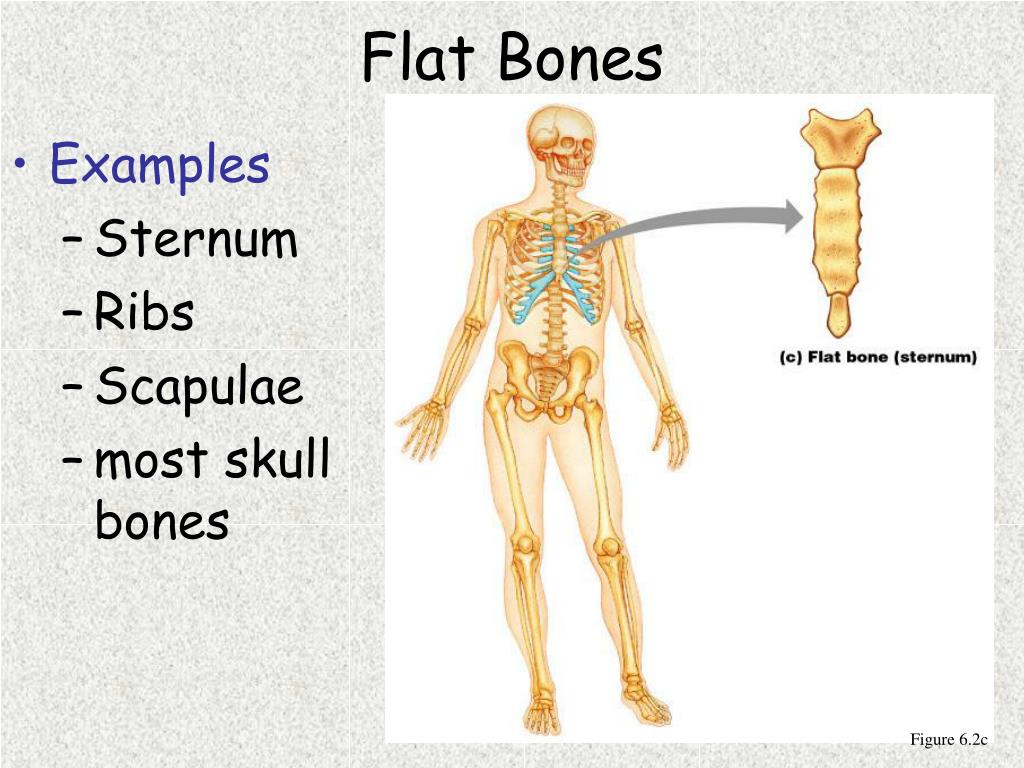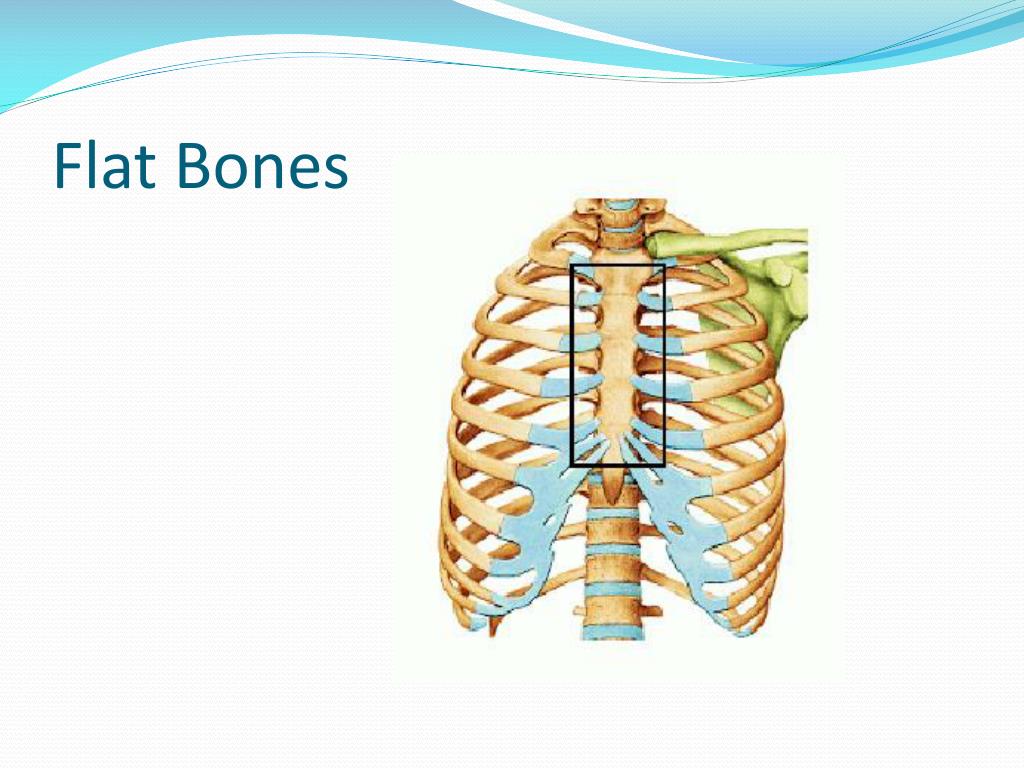


The adult vertebrae are further divided into the 7 cervical vertebrae, 12 thoracic vertebrae, and 5 lumbar vertebrae (Figure 19.8). We begin life with approximately 33 vertebrae, but as we grow, several vertebrae fuse together. Around the age of 70, the sacrum and the coccyx may fuse together. The coccyx is typically 3–4 vertebrae that fuse into one. In the adult, the sacrum is typically composed of five vertebrae that fuse into one. The adult vertebral column comprises 26 bones: the 24 vertebrae, the sacrum, and the coccyx bones. The vertebral column, or spinal column, surrounds and protects the spinal cord, supports the head, and acts as an attachment point for the ribs and muscles of the back and neck. Muscles attached to the exoskeleton of the Halloween crab (Gecarcinus quadratus) allow it to move. Because the exoskeleton is acellular, arthropods must periodically shed their exoskeletons because the exoskeleton does not grow as the organism grows. The exoskeleton is further strengthened by the addition of calcium carbonate in organisms such as the lobster. Chitin is secreted by the epidermal cells. Arthropods such as crabs and lobsters have exoskeletons that consist of 30–50 percent chitin, a polysaccharide derivative of glucose that is a strong but flexible material. Shortening of the muscle changes the relationship of the two segments of the exoskeleton.

As with vertebrates, muscles must cross a joint inside the exoskeleton. This skeleton type provides defence against predators, supports the body, and allows for movement through the contraction of attached muscles. For example, the shells of crabs and insects are exoskeletons (Figure 19.3). An exoskeleton is an external skeleton that consists of a hard encasement on the surface of an organism.


 0 kommentar(er)
0 kommentar(er)
